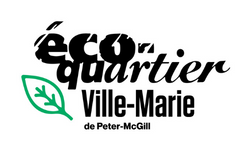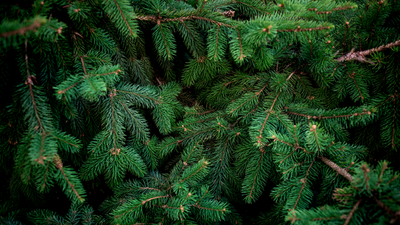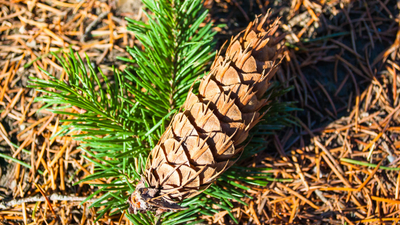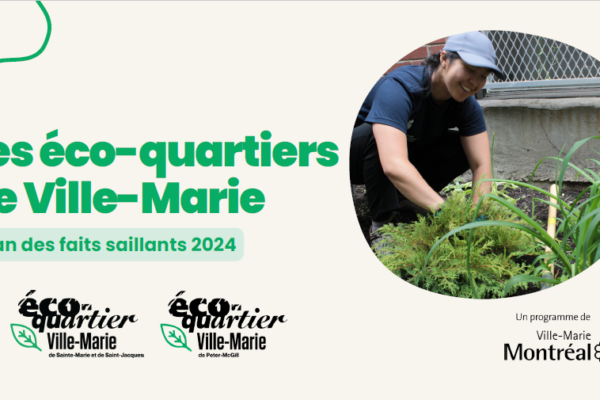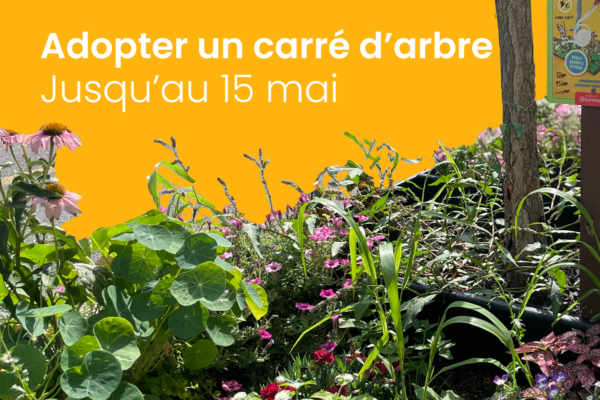Which tree is the most eco-friendly?
Many people are wondering about this. A natural tree is more ecological than an artificial tree. The latter is often made of plastic and therefore produced with petroleum. According to a 2009 study by Ellipsos, it would take 20 years to recoup the ecological cost of an artificial tree.
However, natural tree are usually not produced organically…
Some essential biological elements!
Producers use pesticides to fight against “weeds”, pests and bugs of all kinds! Some tree farms are nevertheless certified organic, such as Sapin Bio Québec, and are therefore guaranteed to be pesticide-free and not too harmful to the environment.
However, it is important to keep in mind that cutting down a mature tree reduces its absorption of CO2.
Replacing it with a young tree will only allow the sequestration of carbon dioxide after several years. The more mature a tree is, the more CO2 it absorbs. So cutting down a 10 year old tree for Christmas and replacing it with a young one means starting the carbon dioxide absorption process all over again.
We must also put into perspective the fact that conifers sequester less CO2 than deciduous trees because their needles are thinner than leaves. According to forest ecology professor Christian Messier, deciduous trees reflect solar radiation better than needles. Therefore, deciduous trees are more effective in cooling our cities and countryside than conifers.
Source: ecotree.green
But a conifer remains a tree, and therefore a well of oxygen for living beings!
Ecotree.green has calculated that on average a tree of one ton, or 35 years, absorbs 25 kg of CO2 per year.
Finally, we know that in order to reduce the speed of climate change, we must plant trees and repopulate the forests that are going up in smoke more and more each year.
In summary…
If you want to buy a Christmas tree this year, peek one that is natural and organic, and avoid covering it with paint or chemical snow. Indeed, they make the tree impossible to compost after the holidays.
Keep it as natural as possible, as it will preserve its ability to nourish the soil of our urban green spaces in the spring.
Did you know? The City of Montreal reuses Christmas trees to make ramal chipped wood (RCW), which will then be used at the foot of the plants to protect them from heat and summer drought.
A Christmas tree without a tree?
If you want to make a Christmas tree “without a tree”, several original solutions exist! Visit decoration websites such as here or there.
We wish you a happy holiday season and a merry eco-responsible Christmas!
